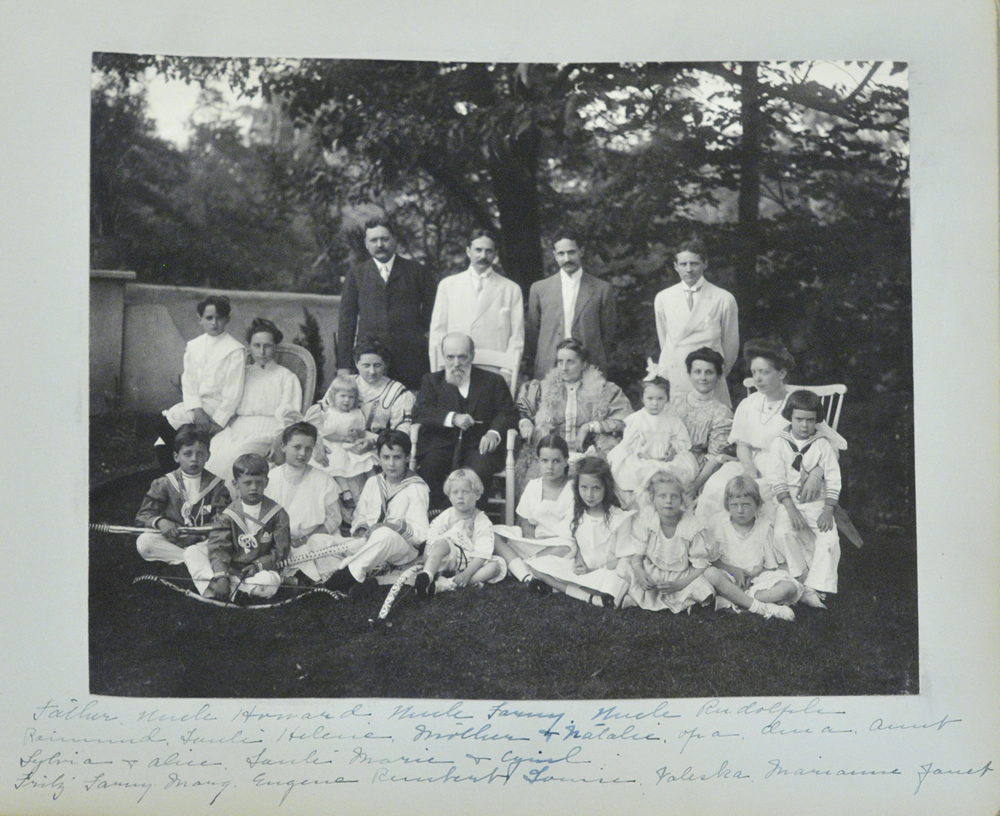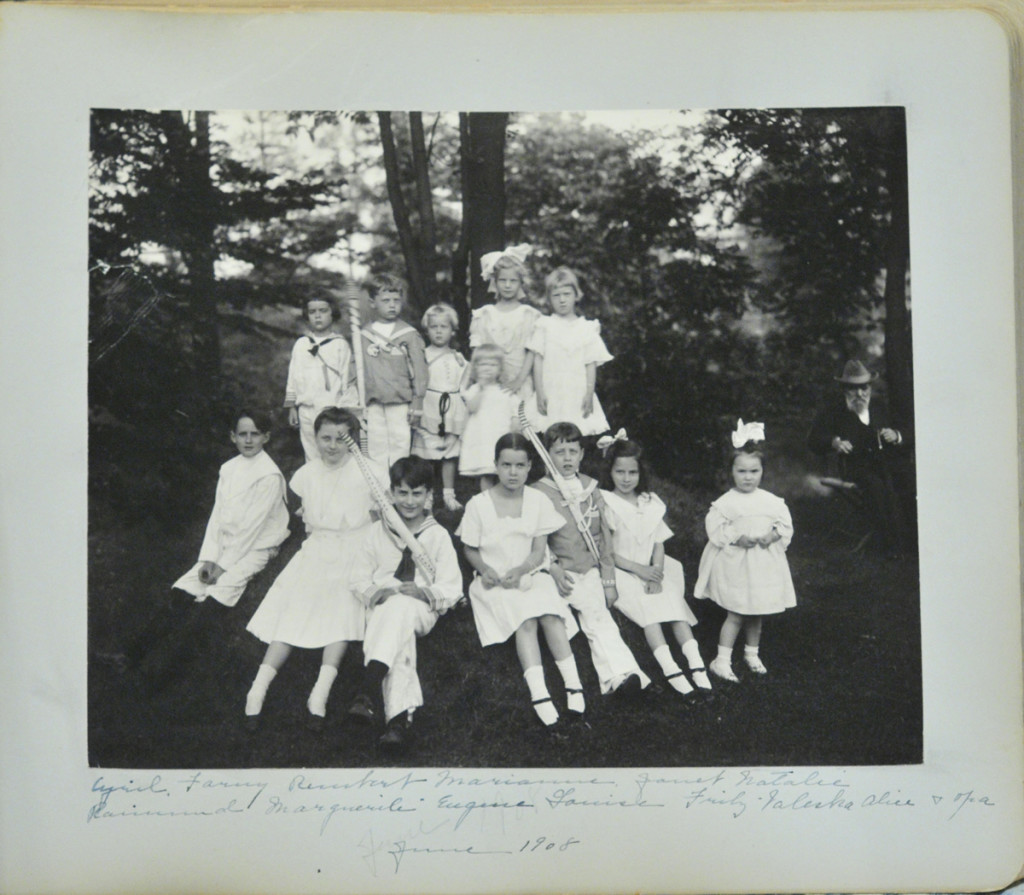(See the ten charges presented at the April 6 shareholder meeting, two weeks prior to the below list)
SIXTEEN CHARGES SENT TO SHAREHOLDERS BY KARL EILERS APRIL 18, 1921:
A few weeks after the 1921 American Smelting shareholder meeting, Karl Eilers published these sixteen charges as part of a shareholder letter. The italic comments were added by Karl.
1. The charge that the affairs of the Company are dominated by the Guggenheims, who are but slightly interested in the Company and have large conflicting interests.
This is of the utmost importance and its effects extend throughout the large and small affairs of the company. Its disastrous results are not only in what it causes actually to be done, but in preventing Smelters from having a management of its own with power, vision and initiative. The facts of such dominance and of such adverse interests by the Guggenheims are almost matters of common knowledge. In the litigation known as Ross v. Burrage, Mr. Daniel Guggenheim swore that the Guggenheim firm dominated the A. S. & R. Co., and also swore substantially to the effect that sometimes when they would enter upon negotiations for a mine, it would be some considerable time before they (the Guggenheims) would decide whether to buy it themselves or to have Smelters buy it.
2. The purchase, while the Company was under the control of the Guggenheims, of various mining properties from the Guggenheims and their associates for approximately $22,000,000 and of other mining properties including unsuccessful ones and ones in localities as distant as Chile.
In the statement sent to the stockholders on January 20th, 1921, it was stated that the company should not buy mines, and it was also given as a reason for not purchasing interests which had been acquired by the Guggenheims personally that they were distant and hazardous. Regardless of the merits of the question as to whether or not the company should buy mines, the stockholders should know what the company has bought, what the Guggenheims sold to it, and whether the statement officially sent to the stockholders was true, or as we claim, not only misleading but contrary to the fact.
3. The charge that the Guggenheims, although and at the time when in receipt of large salaries from the American Smelting & Refining Company and although they sold to the Company mining properties in which they, themselves, were interested and caused it to invest in other distant and hazardous properties, nevertheless took for themselves the good opportunities which were presented to the A. S. & R. Co.
The point is not so much concerning the policy of the company as to whether it should or should not buy mines. It is rather that under the Guggenheims they caused it to buy mines on its own account and they bought mines on their own account and they sold mines to the company. The best propositions offered became the property of the Guggenheims. Less desirable ones became the property of the company.
4. The charge that at one time there were as many as five members of the Guggenheim family receiving very large salaries and perquisites fixed by themselves and kept secret even from the Board of Directors.
It is not only the amount paid concerning which information is sought although it may be remarked that even yet no light on that subject has been given. Were the Guggenheims in effect fixing the payments to themselves and keeping their amounts secret? What were their especial qualifications? What did they all actually do for the company?
5. The transfer to the firm of Guggenheim Bros. without consideration, while the A. S. & R. Co. was dominated by them, of contracts between the A. S. & R. Co. and various mining companies for the sale of copper on commission, which contracts are claimed to have profited the A. S. & R. Co. more than one million dollars per year. …
Read More Read More





